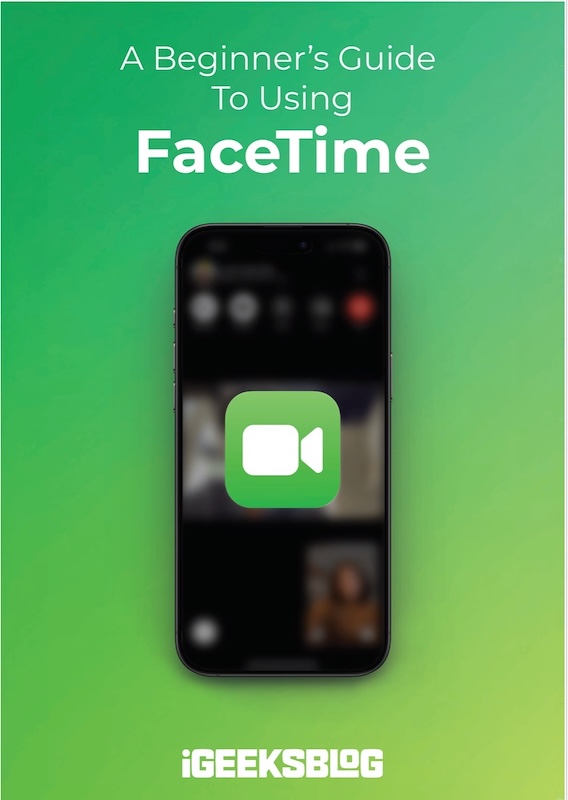
FaceTime Like a Pro
Get our exclusive Ultimate FaceTime Guide 📚 — absolutely FREE when you sign up for our newsletter below.

FaceTime Like a Pro
Get our exclusive Ultimate FaceTime Guide 📚 — absolutely FREE when you sign up for our newsletter below.
Apple Maps’ Look Around is like Google Street View with crisp imagery and smooth navigation. Here’s how to use it on iPhone, iPad, Mac, and the web.
We’ve all used Google’s Street View at some point, dropping that little yellow figure on a road to see the world at eye level. Apple Maps has its own version of this called Look Around, and it’s surprisingly good. It lets you explore cities as if you’re standing right there, moving along streets, zooming in on details, and even using AR directions in some places. Whether you’re planning a trip or just curious about how another city looks, here’s how you can use Look Around on iPhone, iPad, Mac, and even the web.
Look Around gives you a 360‑degree, ground‑level view of supported locations. Think of it like a virtual walk. You can pan around, zoom in, and tap to move forward. But unlike Google Street View, coverage is still limited. It started with a few cities in the US when Apple launched it with iOS 13, and now includes parts of the following:
Apple is slowly adding new areas, so don’t be surprised if your city isn’t supported yet. You can always check Apple’s official feature availability page for the latest list.
Using Look Around on iPhone feels natural because of the touch controls. Here’s how to try it:

The binoculars icon can show up in different spots depending on your iOS version, usually at the bottom of the map, but sometimes at the top-right under the info button.
If you’re on a Mac, the process is just as simple:

Apple recently added Look Around to Apple Maps on the web, still in beta on maps.apple.com. This works in Safari, Chrome, Firefox, and Edge on both Mac and Windows.
This is Apple’s first real attempt at bringing Maps to the web, and while some features are still missing (like saving favorite places with Apple ID), it’s a good start, especially since it works on non‑Apple devices.
In some cities, Apple has gone a step further with AR Walking Directions. Instead of just following arrows on a map, you can hold your iPhone up and see arrows and labels overlaid on the real world through your camera. This feature is already available in cities like New York, London, Tokyo, Toronto, Singapore, and Austin.
To use it, start walking navigation, then tap the AR cube icon when it appears. If you want this to trigger automatically, go to Settings > Maps > Walking > Raise to View.
This is where the comparison becomes interesting. Google Street View is the king when it comes to coverage; nearly every corner of the world is mapped, from small towns in Europe to streets in India and rural Australia.
Apple’s Look Around, while smoother and more high‑resolution, is still limited to select cities. That means if you’re exploring popular destinations like San Francisco, Tokyo, or Paris, Apple Maps Look Around works great. But for smaller towns or broader international coverage, Google still wins. Both Apple and Google offer AR walking directions, so the choice mainly comes down to where you’re looking.
Also check out the full comparison of Apple Maps vs Google Maps here.
Apple Maps’ Look Around is a feature you’ll love once you try it. It may not be everywhere yet, but when it is available, the views are crisp, the navigation feels fluid, and it makes exploring new places much more fun.
Whether you’re checking out a vacation spot before booking flights or simply curious about what a famous street looks like, Look Around lets you travel without leaving your couch. And with Apple slowly expanding coverage and even bringing the feature to the web, it’s clear they’re committed to making Maps a real alternative to Google. For now, consider it your virtual window into the world, one city at a time.
Don’t miss these related reads: